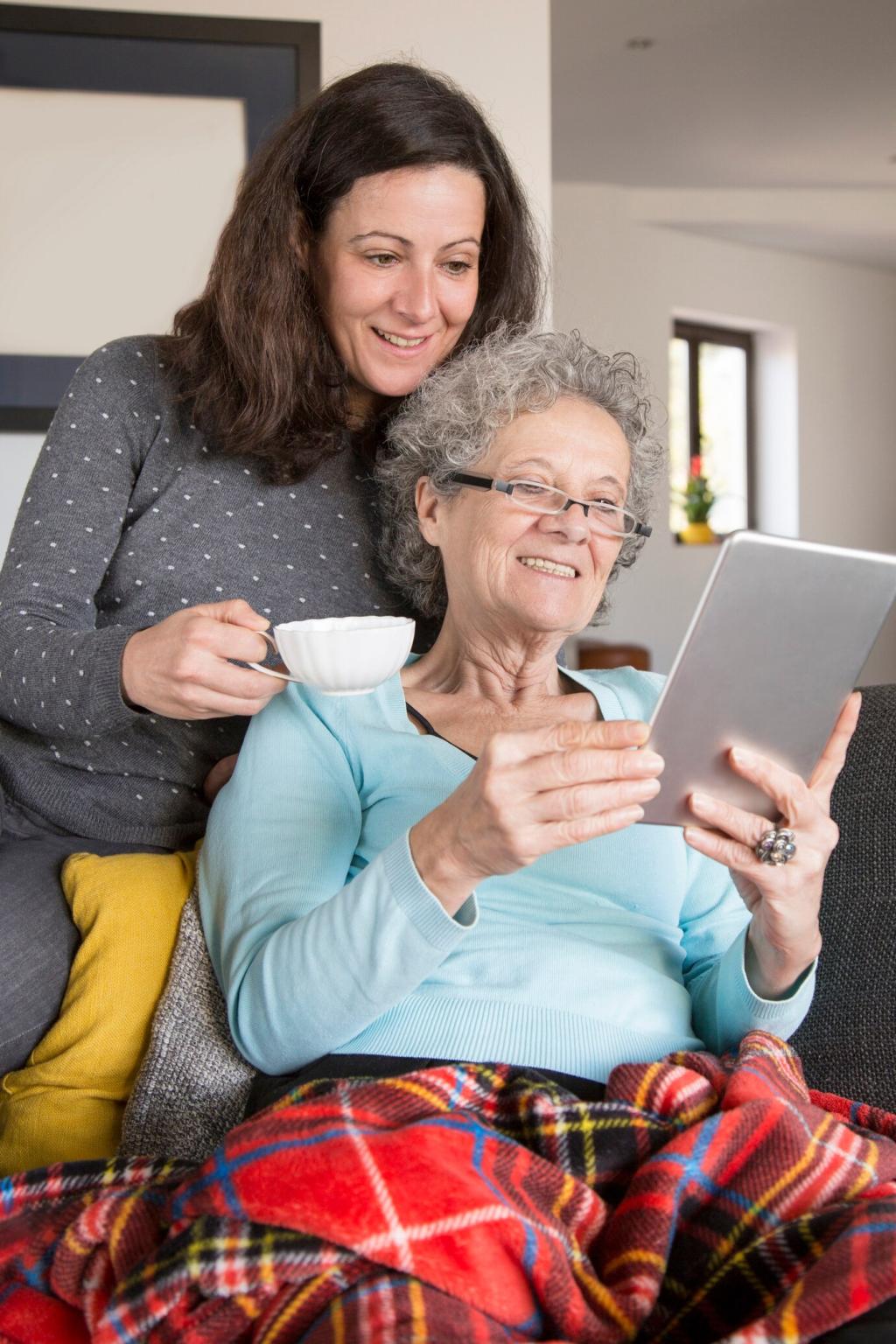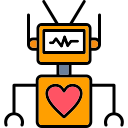Elder Care Enhanced by Artificial Intelligence
Chosen theme: Elder Care Enhanced by Artificial Intelligence. Explore how thoughtful, human-centered AI can support independence, safety, and dignity for older adults—while empowering families and caregivers to focus on moments that matter.

From Falls to Early Alerts
Computer vision and wearable accelerometers can recognize unusual movement patterns and flag potential falls within seconds. One caregiver told us an alert arrived before she reached the hallway, transforming panic into calm, coordinated action.
Wearables That Whisper, Not Shout
Modern devices track gait speed, posture shifts, and heart variability without demanding attention. Instead of noisy notifications, they surface meaningful, context-aware insights that respect routines and reduce alarm fatigue for both elders and families.
Share Your Safety Story
Have you tried fall detection or smart home safety tools? Tell us what worked, what felt intrusive, and what felt supportive. Your experiences help others choose tools that truly protect dignity and independence.
Medication Management Made Personal
Instead of buzzing at fixed times, adaptive reminders observe morning habits, meal schedules, and preferred cues. When María began taking a noon walk, her pill prompts shifted accordingly, keeping adherence high without increasing interruptions.
Medication Management Made Personal
By cross-checking prescriptions, supplements, and recent symptoms, AI flags potential conflicts early. It can suggest talking points for clinicians, helping families ask better questions and act confidently during appointments or pharmacy consultations.
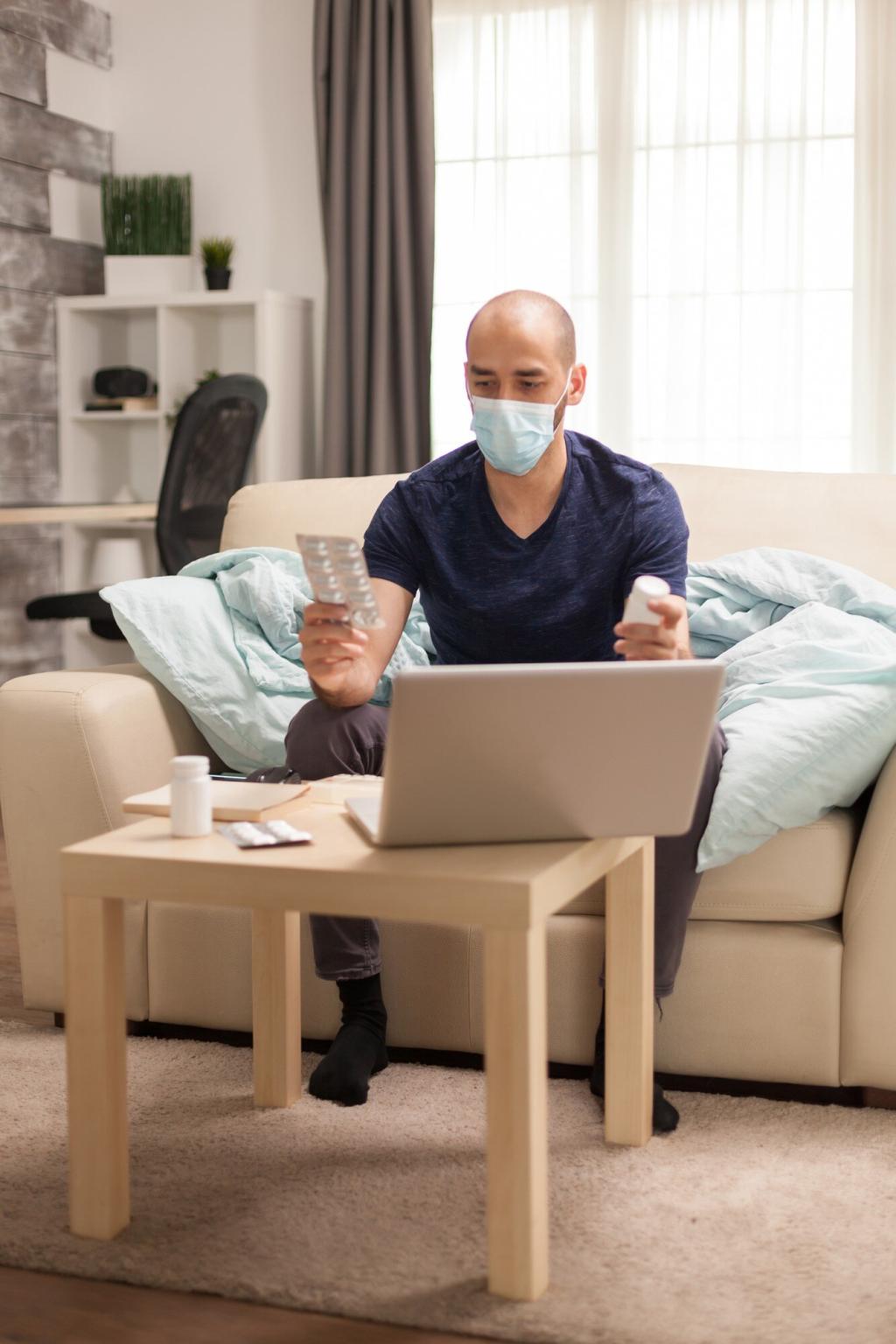

Companionship and Conversation, Powered by AI
Conversation agents can adapt to tone, pace, and interests, asking open questions about gardening, grandkids, or classic films. One reader’s father lights up discussing 1960s jazz, now a daily anchor for brighter afternoons.
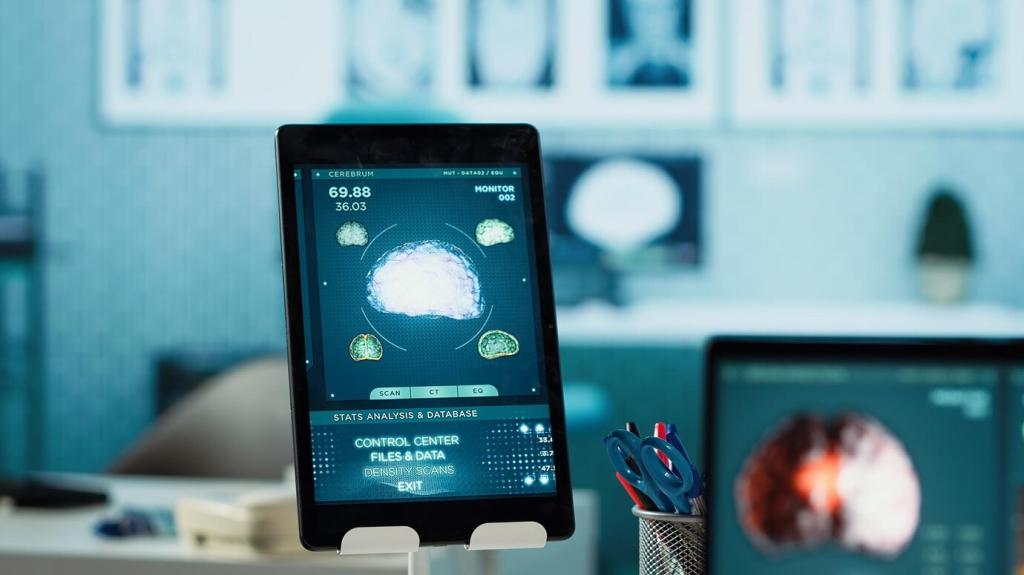
Caregiver Support and Burnout Prevention
Cognitive Load, Measured and Managed
Caregiving often hides mental juggling—appointments, symptoms, bills, and chores. Intelligent planners can surface priorities, flag conflicts, and suggest respite windows, turning chaos into a manageable, shared plan for families and care teams.
Coordinated Schedules Without the Chaos
Automated calendars sync transport, therapy sessions, and medication refills. When Raj’s mother began physical therapy, the system aligned rides and exercises, reducing 10 messages to one calm confirmation everyone could trust.
Caregivers, Tell Us What You Need
Which tasks drain you most—paperwork, reminders, or logistics? Leave a comment or subscribe for templates, checklists, and tech walkthroughs built from real caregiver feedback and field-tested strategies that respect your time.

Adaptive lighting reduces nighttime falls, while climate adjustments keep rooms comfortable without fiddly controls. Subtle nudges—like pathway lights that glow when someone stands—are small, respectful prompts that add up to real confidence.
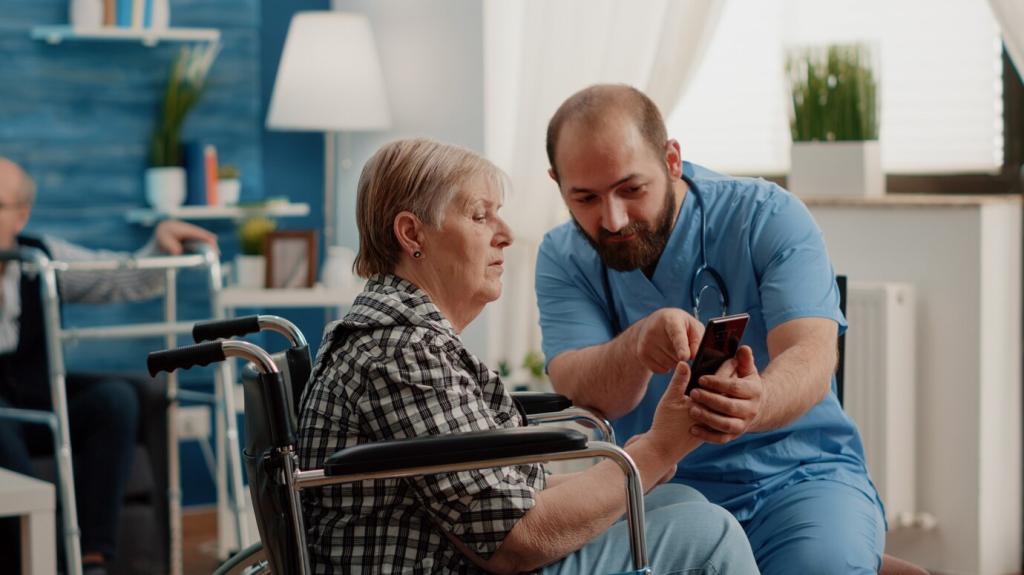
Stove monitors, presence detection, and gentle voice prompts help prevent hazards without discouraging independence. A reader shared how a calm alert turned off a forgotten burner, saving dinner—and keeping dignity firmly intact.

Tell us whether lighting, temperature, door sensors, or appliance safety feels most helpful. Your feedback guides our experiments and reviews so we spotlight tools that feel natural, reliable, and truly elder-first.
Transparency You Can Understand
Jargon-free explanations, visible data controls, and accessible summaries help families make informed choices. When people understand how insights are generated, they can ask sharper questions and set boundaries that reflect their values.
Privacy by Design, Not as an Afterthought
Local processing, encrypted storage, and minimal data collection reduce risk. Clear off switches and audit logs give control back to households, ensuring technology adapts to people—not the other way around.
Add Your Voice to Our Ethics Checklist
What privacy commitments do you expect before installing elder tech? Share your nonnegotiables and subscribe to help shape an open, evolving checklist any family can use during research and product trials.
From Data to Prevention: Predictive Health
Signals Hidden in Daily Patterns
A small change in walking speed, bathroom visits, or late-night restlessness may forecast health issues. Predictive models elevate these patterns, helping families check in early and clinicians adjust care before crises emerge.
